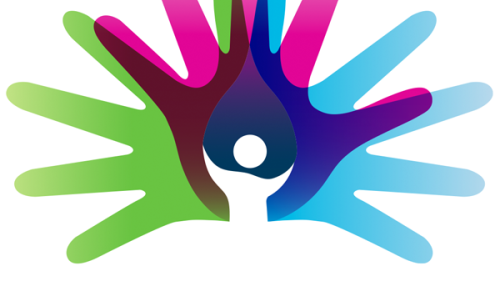LATEST NEWS
- All news
-
43Awards
-
9Burden of Osteoporosis
-
80Capture the Fracture
-
1Exercise
-
1FRAX
-
87IOF
-
35IOF Positions and Statements
-
1IOF Tour Latin America
-
20Meetings
-
77Member News
-
9Nutrition
-
38Policy
-
6Prevention
-
52Research
-
31Scientific Journals
-
14Skeletal Rare Diseases
-
9Training Courses
-
17Treatment
-
32World Osteoporosis Day
- News room - Latin America Region

On Rare Disease Day, February 28, the International Osteoporosis Foundation (IOF) will urge healthcare authorities worldwide to act on behalf of the millions of people affected by rare diseases, including rare disorders of the skeletal system.
There are over 300 million people living with rare diseases around the world, affecting 3.5% - 5.9% of the worldwide population. Approximately 72% of rare diseases are genetic1, with 70% starting in childhood. Rare diseases involving the skeletal system represent a significant portion of the known rare diseases, with more than 430 genetic disorders of the skeletal system having been identified so far.2 The more well-known of these rare diseases include Gaucher’s disease, osteogenesis imperfecta, fibrous dysplasia, hypophosphatasia, osteopetrosis and X-linked hypophosphatemia, among others.
Rare diseases suffer from lack of attention at many levels, and pose enormous challenges to patients and their families. Rare Disease Day is an important occasion to increase understanding and awareness and to show support for the millions of people living with rare diseases.
View the official Rare Disease Day 2021 video which highlights the stories of six people from six continents who are living with a rare disease.
IOF President Cyrus Cooper stated:
“Recent advances in our understanding of the mechanisms of rare bone diseases, and in the availability of diagnostic methods and effective treatments, have offered new hope for people living with rare diseases. On the occasion of Rare Disease Day, we call on healthcare authorities worldwide to act on behalf of the millions of people affected by these disorders. We also take this opportunity to reaffirm our own commitment, as the leading global non-governmental organization in the bone field, to providing targeted healthcare professional training and support for research on skeletal rare diseases.”
In 2020, IOF launched the Skeletal Rare Disease Academy a new initiative to promote awareness, provide education and training, and support research advances related to skeletal rare diseases (SRD). As well, the first IOF Skeletal Rare Diseases Academy Awards were presented at IOF World Congress in order to recognize research excellence.
Resources, including the Atlas of Rare Genetic Metabolic Bone Disorders, are available on the Skeletal Rare Disease section of the IOF website.
###
1. https://www.rarediseaseday.org/article/what-is-a-rare-disease
2. Bonafe L et al. Nosology and classification of genetic skeletal disorders: 2015 revision. Am J Med Genet A. 2015
About Rare Disease Day
Rare Disease Day takes place on the last day of February each year. Its main objective is to raise awareness amongst the general public and decision-makers about rare diseases and their impact on patients' lives. Since Rare Disease Day was first launched by EURORDIS and its Council of National Alliances in 2008, thousands of events have taken place throughout the world reaching hundreds of thousands of people worldwide.
http://www.rarediseaseday.org
About IOF
The International Osteoporosis Foundation (IOF) is the world's largest nongovernmental organization dedicated to the prevention, diagnosis and treatment of osteoporosis and related musculoskeletal diseases. IOF members, including committees of scientific experts as well as 266 patient, medical and research societies in more than 100 countries, work together to make fracture prevention and healthy mobility a worldwide heath care priority.